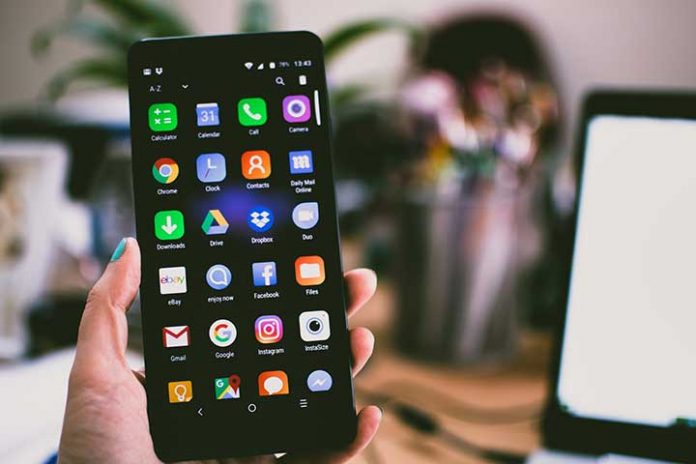Uninstalling apps is an easy task for any Android or iOS user. Smartphone manufacturers allow you to do it in a matter of seconds, but the fastest way is not always the most effective since there is data from these applications that are kept on your phone.
Today’s article explains how to uninstall applications to free up space on your phone correctly. Do not miss it!
Uninstall apps to free up space based on your operating system
To uninstall an app on your mobile device, be it Android or iOS, the quickest option is to long press the app icon. In the case of Android, a tab will open in which the “Delete” button will appear, while in iOS, an “X” will appear in the upper right corner.
We tell you what it means to delete applications in this way according to your operating system.
Delete apps with Android
The easiest option is the one mentioned above, but not the most effective if you want to free up memory on your device. Applications generate internal data stored on your device and prevail on your device if not manually removed. Therefore, before deleting an application, you must follow these steps to remove hidden data:
- Go to “Settings” – “Applications.”
- Open “Manage Applications.” This section combines the default applications and those installed from the Play Store.
- Find the App you want to uninstall and tap on it to see more options.
- Click “Storage” – “Clear data” – “Clear data”. All hidden information in the App will be removed.
- Uninstall the application by pressing it for 2 seconds and clicking on “Delete.”
It would help if you kept in mind that some applications cannot be deleted because they are part of the operating system, but you can delete the data stored in them.
Uninstall apps with iOS
Apple offers the option to uninstall apps without losing data, and it’s the optimal way to free up space on your device without having to delete your apps.
Two factors occupy space in an application: the application’s executable and the data it saves with its use. Uninstalling the application removes the executable without losing your data. Apple is committed to eliminating the applications and the weight they carry on your device without losing the stored data so that you only have to download it from the App Store when you want to use it again.
Suppose you want to eliminate it without any idea of downloading it again in the future. In that case, you must perform the previously mentioned step of pressing and holding its icon and eliminating it in the “X.”
If it is an application that you do not use regularly, but you do not know if you will use it in the future and you do not want to lose its data, the best option is to uninstall:
- We open “Settings” – “General.”
- We enter “iPhone storage,” where all the applications will appear, and what each of them occupies.
- Choose the App you want to uninstall temporarily.
- Click on “Uninstall App.” A message will appear telling you that you can download it again if you want in the App Store, and you will not lose your data.
Apple recommends turning on a setting that uninstalls apps you don’t frequently use without losing their data. This way, space is freed without the need to delete each application’s data manually. This functionality can be activated in “Settings” – “General” – “iPhone storage” and selecting the “Uninstall unused apps” option.
Other ways to free up space on your smartphone
There are some Apps whose main function is to delete applications, called “cleaner Apps,” but we do not recommend their use since they consume battery and data in the background.
Other ways to free up space are:
- Review and delete content in Whatsapp: You can delete videos sent many times or duplicate content in Whatsapp’s “Manage storage” section.
- Delete photos and videos from the gallery that you don’t need, by uploading them, for example, to a cloud storage service such as Google Photos or other alternatives.
- Empty your device’s trash after photos and videos have been deleted.
- Reset the mobile to its factory settings. If we already have a backup of the files we want to keep, one of the quickest options is to reset the device. This way, all the stored files that take up space and do not perform any function will be deleted. An example would be the “Other” folder on iOS and Android, which usually takes up memory space.
Also Read: Change The Default Apps On Android With These Steps

